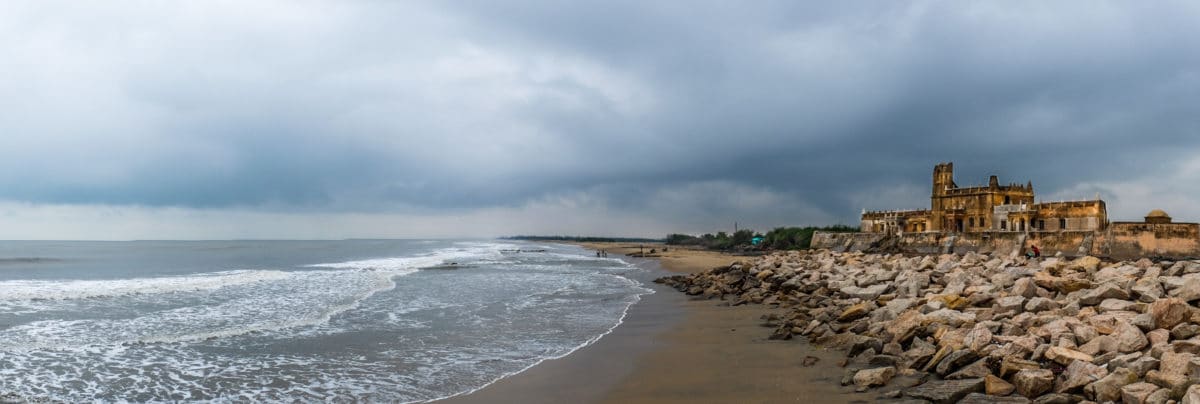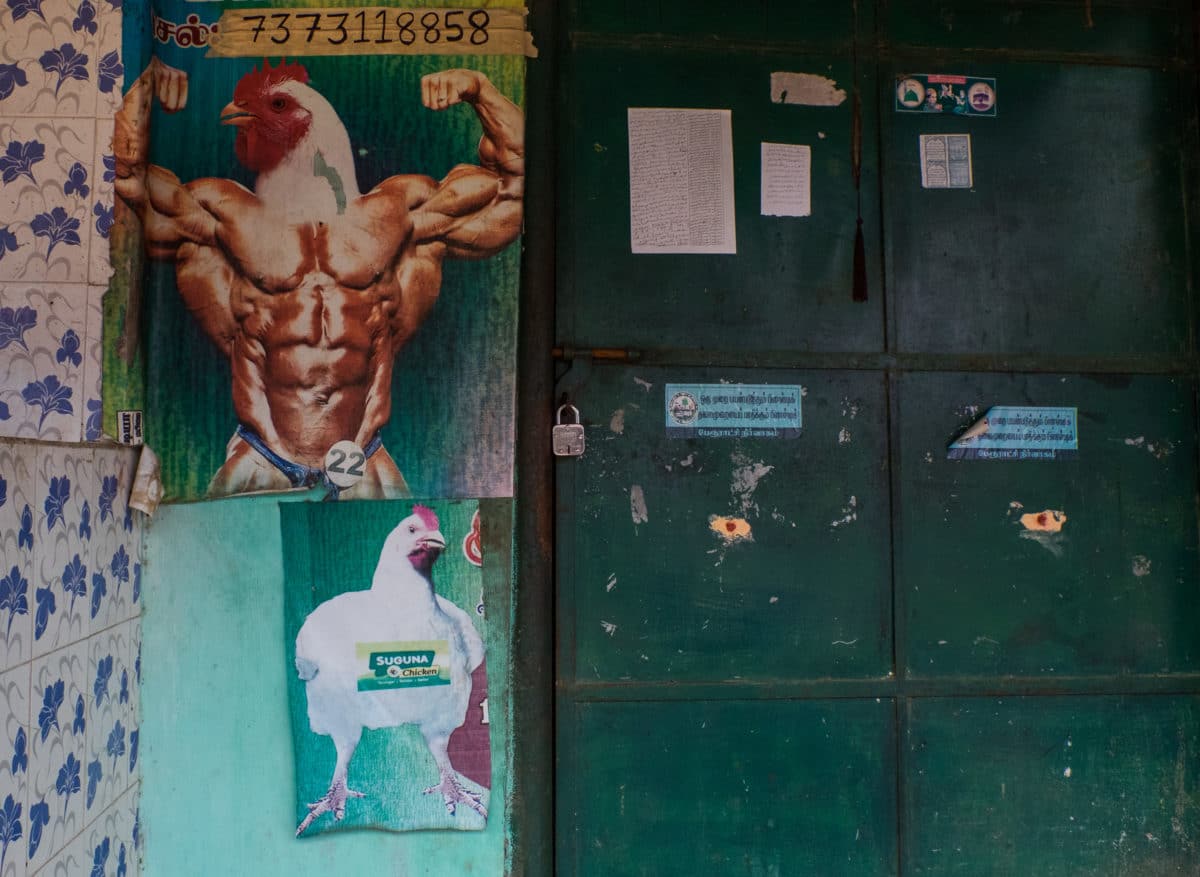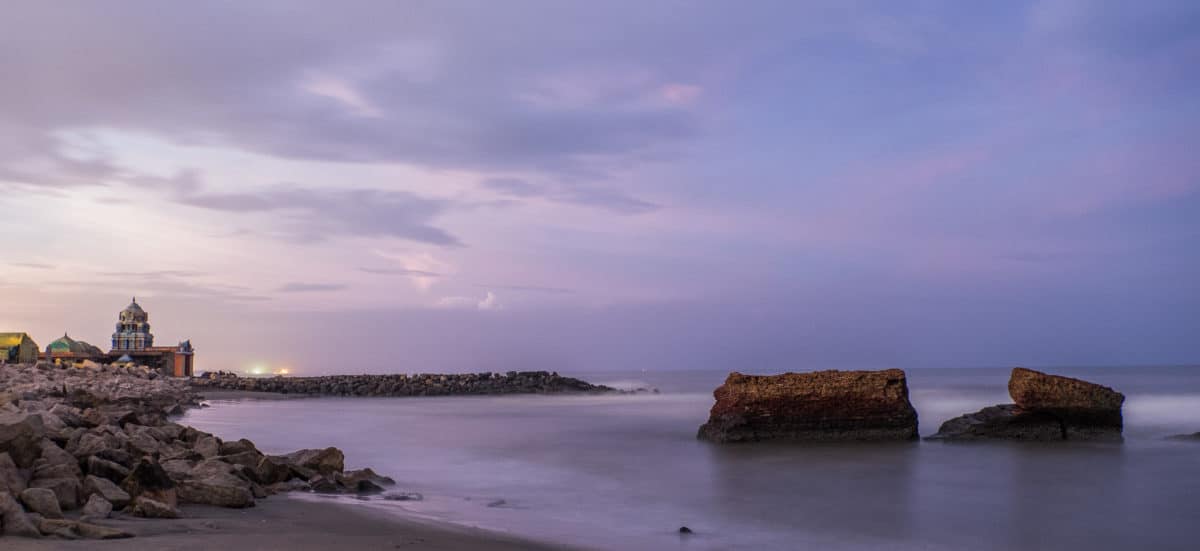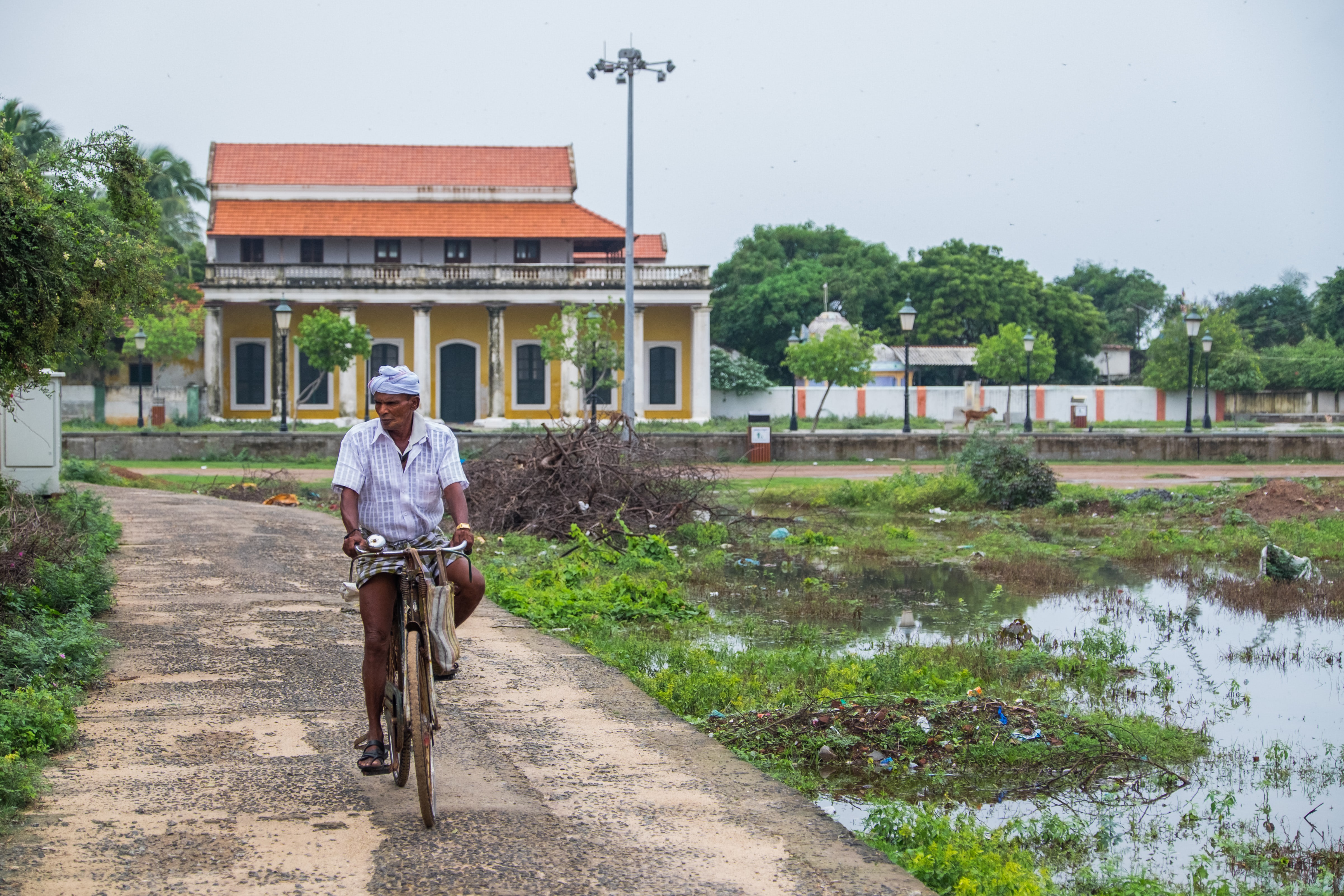A few years ago idly browsing Neemrana properties, an activity I sometimes undertook in my spare time whilst randomly planning a non existent holiday, I came across Tranquebar. The name had a ring to it, a musical lilt, a certain indescribable charm. It was a seaside town which had, for 200 years in its otherwise fairly unremarkable history, been an outpost of the Kingdom of Denmark.
I liked the sound of this place. It stuck.
Many moons later, when idle thoughts of travel had suddenly become a reality, and we were planning the southern leg of our Indian adventure, we looked for places to unwind in-between all the chaotic temple hopping. And there, quietly tucked away in the pages of the Lonely Planet, as nothing more than a half page blurb, was that charming name again – Tranquebar. Way back in 1620, the Danes, fuelled by the idea of having a trading outpost in India, entered into a treaty with the King of Tanjore and were given permission to build a fort at Tharangambadi for an annual rent of Rs. 3111. Till 1845 it remained the de facto capital of Danish India, called Tranquebar.

And so Tranquebar was put on the route such that we would get there after making our way through north and central Tamil country. After a particularly tiring day changing a ridiculous number of local ST buses getting to and fro between Trichy and Tanjore, we set out for Tharangambadi.
Because it’s no longer the 1600s, and because we are not Danish, Tranquebar is now commonly referred to by its Tamil name, Tharangambadi. Tharangambadi is an insignificant little seaside village some 100 odd kms from Thanjavur, and it is incredibly difficult to get to without your own car, or renting a cab. Since a cab is a luxury budget travellers are not allowed, and because we had booked the Rs. 5000 a night Neemrana property on the beach, our budget deficit was in percentage terms about as large as India’s. Though in our defence the Neemrana property is pretty much the only place to stay in Tharangambadi. So public transport it is, and looking for a change of pace, we opted to take the train to the nearest ‘big town’, Karaikal. Population 2.5 lakhs, same as Lokhandwala. From there we would take a bus or auto to Tharangambadi, population 23,000, same as Lokhandwala Market, or about the average small town in Europe.

As we head to the train station groggily on an ominously rainy morning, (there are cyclones building in the Bay of Bengal and here we are heading straight for the coast) unfortified by our usual morning shot of filter coffee we stupidly reach the station 45 minutes early, only to learn that due to the heavy rains our train is delayed by two hours. We head to the train platform to settle in for the wait where the Thanjavur Junction rail authorities have, in their infinite wisdom, constructed water drain pipes from the roof at regular intervals in such a way that rainwater collected from the station roof pours from above right on to the platform, ensuring there is not a dry patch for you or your bags. Still sleepy and a bit damp, we sit in the ‘upper class’ waiting room, outfitted for your comfort with its own smelly loo. The next couple of hours are spent eating cold medu vadai, drinking muddy station coffee and arguing about updating the Facebook page and blog. By this time Tharangambadi sounds decidedly less charming.
In any case the train finally arrives and a three hour train journey and a Rs. 500 cab ride later we arrive at Tharnagambadi. At this point we dump all pretence of our budget, justifying to ourselves that we are still traumatised from the previous days bus adventures, the train delay and the terrible coffee. To be honest, we also wanted to get to the Neemrana property as quickly as possible to eke out every second of the money we were spending there.

We are greeted by the usual market scene with its jumble of buses, ‘hotels’ (small shady restaurants), chai and cigarette tapris, fruit vendors and the other trappings of small town India. The 700 year old seaside temple, built by the mighty Pandya’s, with its strange mix of Chinese and Tamil architecture, stands stately at one end of the small town. Just ahead of the market is the old Landporten, the stone gate which marks the entry into the old town. Making our way through the massive arch and onto the cobblestoned main street the scene subtly changes. As the humdrum of the market fades away and one looks around the quaint streets and the old pillared mansions, the small churches and open skied traditional tamil homes with a hint of a European touch, a certain calm descends and time slows down just a little bit.

At the seafront we enter the quietly regal Bungalow By the Beach and head up the wooden staircase to the verandah that encircles the entire mansion. Standing on that wide veranda in a home once occupied by the Governor of Danish India, overlooking the sea and the 400 year old Fort Dansborg, breathing in the cool, supposedly ozone rich ocean breeze, Tharangambadi, the land of the singing waves, gently transforms to Tranquebar.
